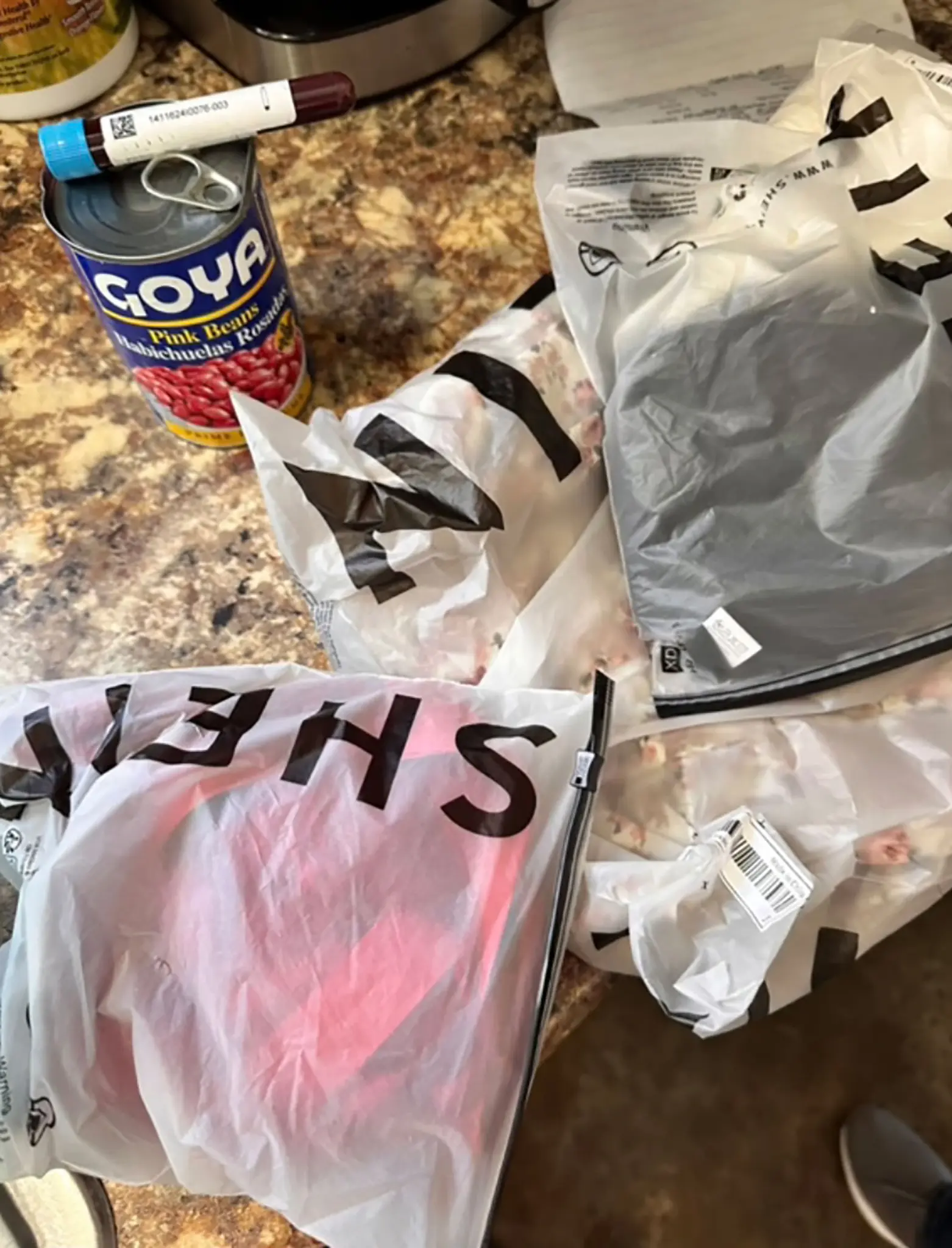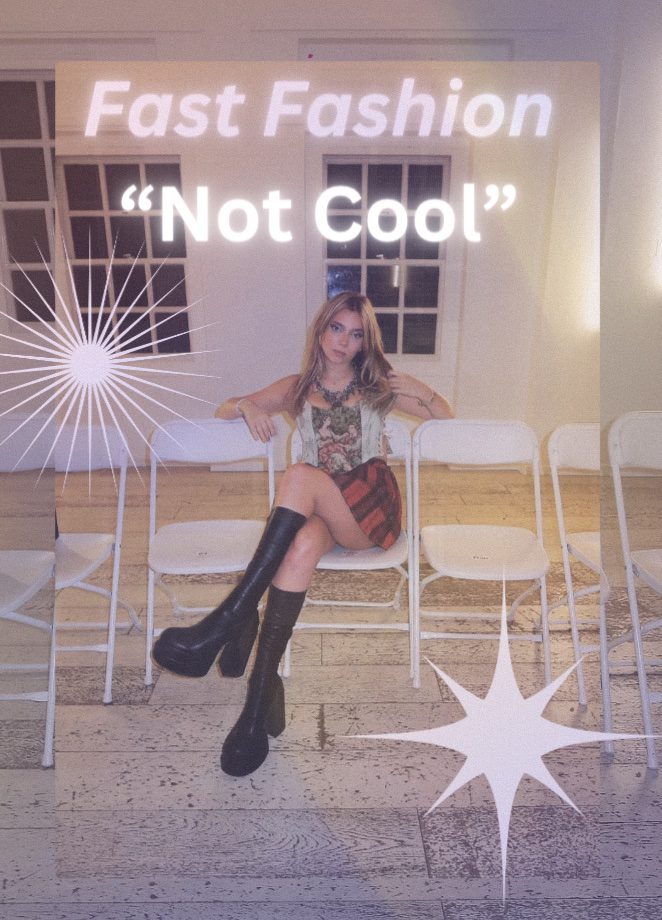Fur… to make or not to make? That is the question. More and more brands are deciding against it. This as some states and countries have actually banned the sale of fur.

The fur debate made national news again when megastar Billie Eilish single-handedly forced Oscar de la Renta to stop selling fur. That was her condition – “stop making fur” – or she wouldn’t wear their old Hollywood-style gown at this year’s Met Gala.
Several designer labels had already made the choice not to make fur. Others will be forced to stop using animal pelts. The State of California has banned the sale of fur. Several countries have banned fur farming such as, Serbia, Luxembourg, Belgium, Norway, Germany and Czech Republic. Israel has banned the sale of fur, England is on the verge of it as well as other U.S. states, Rhode Island and Hawaii.
Fur is Still a Billion Dollar Business
The fur trade which was a 40 billion dollar business in the mid to late 2000’s. It appears to still be at least a 22 billion dollar business, with much of its support coming from China.
But the fur tide is definitely turning. Billie Eilish is not the only Gen Z’er refusing to support fur. Nine out of 10 Gen Z consumers “believe companies have a responsibility to address environmental and social issues”, according to a 2019 McKinsey report. Of course, PETA has been fighting the fur batter since the 1990’s when they launched their “Rather Go Naked Than Wear Fur” campaign.

The rise of social media has provided consumers a direct line of communication to companies to make their opinions known. Millennials definitely had a “green” focus and Gen Z is even more militant about who they support based on environmental and social issues.
Brands simply can’t ignore Millennials and Gen Z because the two generations together represent about $350 billion in spending power and Gen Z will account for 40% of global consumers by 2020. But it’s not just the younger generations who care about social issues, according to a recent survey, “two-thirds of consumers worldwide say they would switch, avoid or boycott brands based on their stance on controversial issues.”
Why Fur is JUST BAD
For centuries, animals were killed for meat and their pelts were a by-product, used for practical reasons, to protect people from the cold. But in the 20th century there were plenty of other ways to stay warm. That’s when fur became a hot fashion statement with Hollywood stars wearing them on the red carpets. It wasn’t about practicality, fur was a symbol of status, glamour and wealth.
Wearing vintage fur is fine. It’s already out there. You can’t undo the damage. But supporting new fur is no longer acceptable for so many reasons.
- Fur isn’t just a by-product of animals being killed for food. Animals are bred, held in captivity, in terrible conditions, for the sole purpose of becoming a piece of clothing.
- As mentioned above, China is the biggest exporter of fur, a country that has NO animal rights laws.
- Animals are terribly abused.This picture below is from an 2020 Humane Society undercover investigation in Asia. These 1 year old arctic foxes have been overbred to make bigger pelts so they are confined in too small wire cages. If you continue to support fur you should find out how these animals are being treated….if you can stomach it, click here.

- Fur farms are terrible for the environment.
- Runoff waste seeps into soil and waterways causing damage to drinking water supplies and local ecosystems
- Killing of certain animals preferred for fur poses a threat to endangered species
- Hazardous toxins used to process animal pelts is a risk to the environment and the workers in manufacturing plants.
- Fur factory farms have a huge carbon footprint, emitting large quantities of greenhouse gasses.
Faux Fur – NOT Any Better
Oh do I wish it was that simple. That faux fur was the answer. Some context: Imitation fur became popular in the 1950’s and the manufacturing of synthetic fur has gotten so good most people could never tell the difference between fake and the real thing. So yay! No more killing animals, while allowing us fashionistas to wear the look of fur.
But WAIT! Not so fast. Faux fur doesn’t give a break to the environment. The imitation fur is mass-produced and far from eco-friendly. It’s generally made of synthetic polymeric fibers such as acrylic, modacrylic and/or polyester. These micro plastics do not biodegrade. They can take up to 1,000 years to break down and they end up in our oceans, polluting our water, killing our fish, turtles, destroying the ecosystem.
The Only Good Fur
The only acceptable fur is bought second hand. I have some amazing thrifted faux fur coats. If it’s real fur or faux fur, it’s already on the market, the damage has already been done. Buying thrifted fur is the only real responsible thing at this point.

Fur of the Future
Companies are getting smarter and starting to manufacture a faux fur that’s biodegradable. There’s a company in Ukraine that is making faux fur from hemp fibers. The plants are grown organically without pesticides. Designers say it’s easier to work with and if you buried it in the ground, “it would biodegrade by itself quite soon.”
So for now, my recommendation is to buy second-hand fur until you can find products made with hemp fur.
If you have any questions, please contact me at LexySilverstein@gmail.com.
Follow me on my socials:
Instagram: @lexysilverstein
Youtube: Lexy Silverstein
Twitter: @eLEXYfy
TikTok: @lexysilverstein
Facebook: Lexy Silverstein
Liketoknow.it/lexysilverstein










